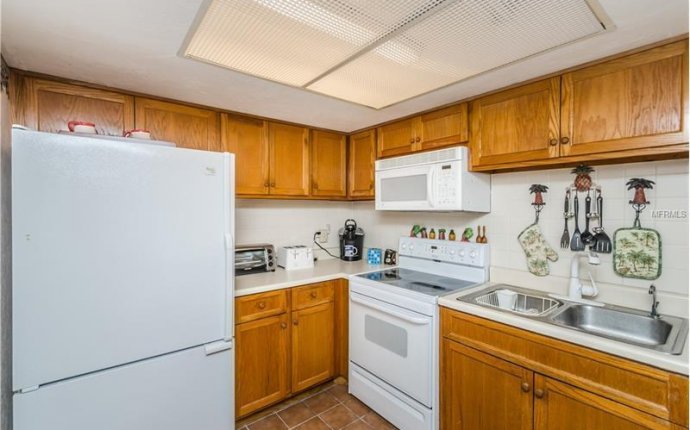
Valuing Furniture
Also known as FF&E, these are the tangible long-term assets of the business used to conduct its daily operations.
What It Means
The FF&E are the assets the business uses to accomplish its typical functions. Computers and other essential equipment, product display fixtures, and office furniture are some examples. FF&E are considered vital to support operations and cannot be disposed of without impairing the company’s ability to conduct business.
The book value of FF&E assets often has no bearing on the assets actual useful life. This is because many business owners use aggressive depreciation schedules to recover costs quickly.
Yet the assets may remain in service long past their full depreciation. Hence, for the purposes of business valuation the value of FF&E assets must be determined based on their true economic potential, not book value.
The key points to address about FF&E in a business purchase are:
- Compile a complete list of FF&E assets.
- Determine their fair market value for business purchase price allocation, depreciation and sales tax, if applicable.
- Inspect the FF&E assets to determine if they are in working order.
- Determine if the condition of FF&E is sufficient to pass applicable governmental agency inspections.
By convention, the value of FF&E assets is included in the business value estimated by the market methods. This corresponds to the typical business sale transaction in which these assets are transferred from the seller to the buyer.
The value of FF&E is also included in the business value determined by the income-based business valuation methods such as Multiple of Discretionary Earnings and Discounted Cash Flow methods.









